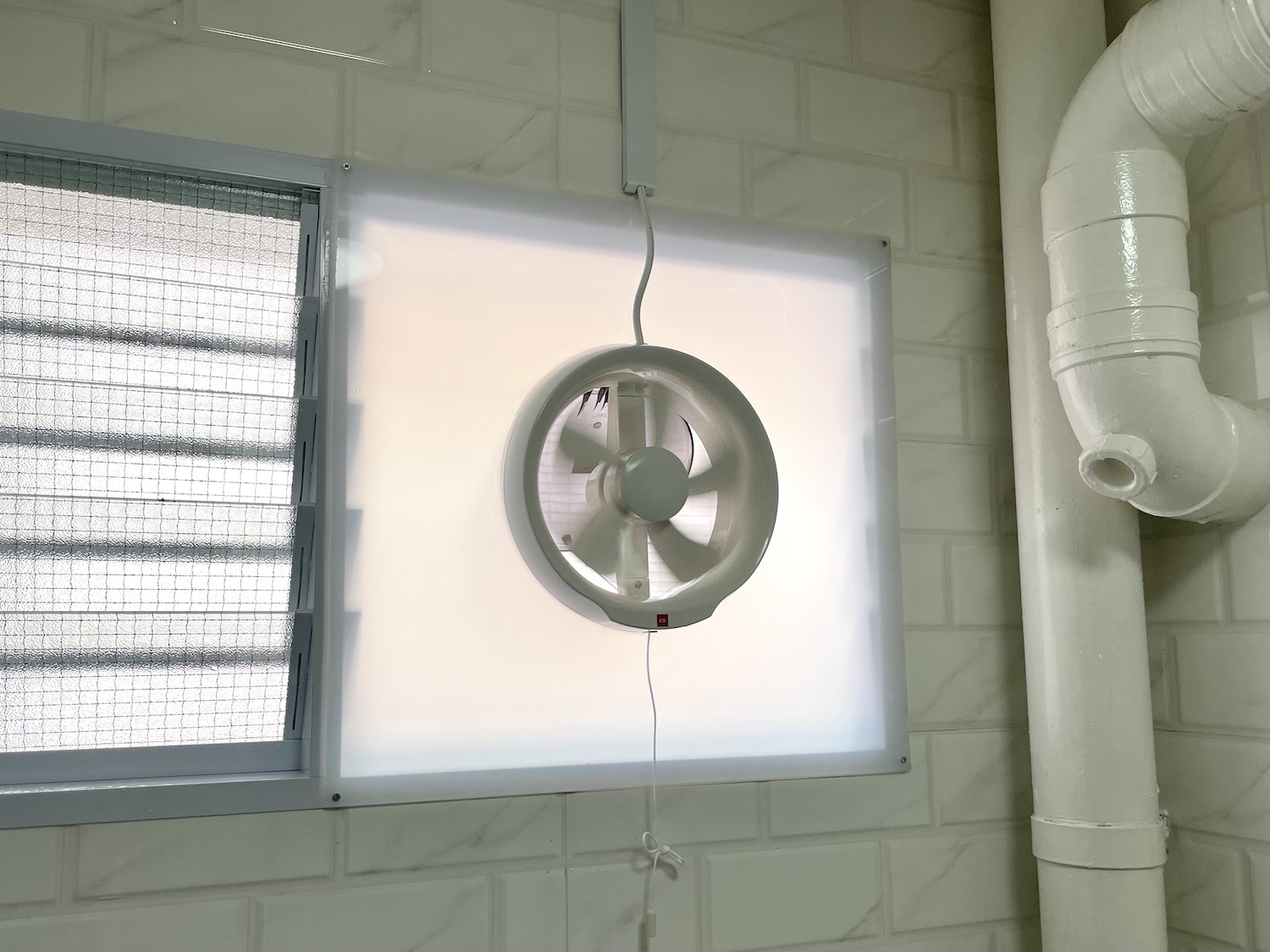

Articles
How Does Bathroom Fan Work
Modified: February 29, 2024
Discover how bathroom fans work and why they are essential for proper ventilation. Read our articles for expert advice and tips on maintaining a healthy and odor-free bathroom.
(Many of the links in this article redirect to a specific reviewed product. Your purchase of these products through affiliate links helps to generate commission for Storables.com, at no extra cost. Learn more)
Introduction
A bathroom fan is an essential fixture in any home, serving multiple purposes that enhance both functionality and comfort. From eliminating unpleasant odors to reducing moisture levels, a bathroom fan plays a crucial role in maintaining a healthy and pleasant environment. This article will delve into the working mechanisms of a bathroom fan, the different components that make it function, and the benefits of its use.
Whether you’re renovating your bathroom or simply looking to upgrade your existing fan, understanding how a bathroom fan works and its benefits will help you make an informed decision. So, let’s explore the world of bathroom fans and discover how this humble appliance can greatly improve the overall ambiance and air quality of your bathroom.
Before we dive into the details, it’s important to clarify that bathroom fans are often referred to by different names, such as exhaust fans, ventilation fans, or extractor fans. Regardless of the terminology used, these fans operate with the same purpose in mind – to remove stale air, excess moisture, and unwanted odors from the bathroom.
Key Takeaways:
- Bathroom fans are essential for maintaining a healthy and comfortable bathroom environment by removing excess moisture, controlling odors, and improving air circulation.
- Choosing the right bathroom fan, proper installation, regular maintenance, and troubleshooting common issues are key to maximizing the performance and benefits of a bathroom fan.
Read more: How Does Faucet Work
Components of a Bathroom Fan
A bathroom fan consists of several key components that work together to effectively remove air and moisture from the bathroom. Understanding these components can help you choose the right fan for your needs and properly maintain it for optimal performance.
- Motor: The motor is the heart of the bathroom fan, responsible for powering its operation. It spins the fan blades to create airflow, allowing the fan to effectively remove air and moisture from the space.
- Fan Blades: The fan blades are attached to the motor shaft and are responsible for generating airflow. As the blades spin, they create suction that draws air and moisture into the fan, pushing it out through the exhaust vent.
- Housing: The housing of the bathroom fan is the outer casing that encloses the motor, fan blades, and other internal components. It helps to direct the airflow and prevent any contact with the moving parts.
- Grille: The grille is the visible part of the bathroom fan that is mounted on the ceiling or wall. It is designed with openings or slots to allow air to be drawn into the fan and prevent any foreign objects from entering.
- Ductwork: The ductwork is the pathway through which air is expelled from the bathroom to the outside. It connects the fan housing to the exterior vent, ensuring proper ventilation and preventing moisture buildup in the ducts.
- Exhaust Vent: The exhaust vent is the outlet through which the air and moisture from the bathroom fan are expelled to the outside. It is typically located on the exterior wall or roof of the building.
- Controls and Wiring: Bathroom fans may come with various control options, such as on/off switches, timers, or humidity sensors. The wiring allows for the electrical connection between the fan and the controls, enabling convenient operation.
These components work harmoniously to create airflow and remove stale air, excess moisture, and odors from the bathroom. The efficiency and performance of a bathroom fan depend on the quality of these components and how well they are maintained.
Purpose and Benefits of Using a Bathroom Fan
A bathroom fan serves multiple purposes and offers several benefits that make it a crucial addition to any bathroom. Let’s explore the main reasons why using a bathroom fan is essential:
- Moisture Control: One of the primary functions of a bathroom fan is to control moisture levels in the bathroom. When you take a shower or bath, the steam and moisture produced can lead to condensation on surfaces, which can promote the growth of mold and mildew. A bathroom fan helps to remove the excess moisture from the air, preventing humidity buildup and protecting your bathroom from potential damage.
- Odor Removal: By extracting air from the bathroom and expelling it outside, a bathroom fan effectively eliminates unpleasant odors. Whether it’s the smell of toiletries, cleaning products, or other bathroom odors, a properly functioning fan can help keep your bathroom smelling fresh and inviting.
- Air Circulation: In addition to removing moisture and odors, a bathroom fan helps to circulate air within the bathroom. This helps to improve overall air quality by reducing stagnant air and ensuring proper ventilation. Adequate air circulation can also aid in preventing the buildup of harmful gases, such as carbon monoxide, that may be present in the bathroom.
- Preventing Damage: Excess moisture in the bathroom can cause damage to various surfaces and materials over time. This includes peeling paint, warped wood, deteriorated grout, and other structural issues. By controlling humidity levels, a bathroom fan helps to protect your bathroom fixtures, walls, and flooring, prolonging their lifespan and reducing the need for costly repairs or renovations.
- Improved Comfort: A bathroom with proper ventilation and airflow is a more comfortable space to be in. A bathroom fan helps to maintain a pleasant environment by reducing humidity, preventing stuffiness, and ensuring the air feels fresh and clean. This can contribute to a more enjoyable bathing experience for you and your household.
Overall, the purpose of a bathroom fan is to create a healthier and more comfortable bathroom environment. Its benefits include moisture control, odor removal, improved air circulation, damage prevention, and enhanced comfort. By investing in a quality bathroom fan and using it correctly, you can enjoy these advantages and maintain a bathroom that is both functional and inviting.
How Does a Bathroom Fan Work?
Understanding how a bathroom fan works is essential to grasp its importance and ensure optimal performance. Let’s take a closer look at the working mechanism of a bathroom fan:
When you turn on the bathroom fan, the motor inside the fan housing starts to spin the fan blades. As the blades rotate, they create a suction force that draws in the air from the bathroom. The air, along with any moisture or odors present, is then pulled into the fan housing.
Once inside the fan housing, the air is directed towards the exhaust vent through a series of ductwork. The ductwork acts as a pathway for the air to be expelled from the bathroom to the outside. This ensures that any moisture, odors, or pollutants are effectively removed from the space.
The air and moisture-laden air then continue their journey through the ductwork and reach the exterior vent. The exterior vent is designed to allow the air to escape while preventing any unwanted elements, such as insects or debris, from entering the ductwork or the bathroom.
The fan continues to operate until an appropriate amount of time has passed or until the humidity level in the bathroom reaches a certain threshold. Some bathroom fans are equipped with built-in timers or humidity sensors that automatically turn off the fan once the desired conditions are met.
In addition to the basic operation, certain bathroom fans come with additional features for improved functionality. These can include adjustable fan speeds, quiet operation, energy-efficiency, and built-in lighting.
It is important to mention that the performance of a bathroom fan depends on various factors, such as the size of the fan, the power of the motor, and the quality of the ductwork. Proper installation and regular maintenance also play a significant role in ensuring the fan works effectively and efficiently.
Overall, a bathroom fan operates by creating airflow that removes air, moisture, and odors from the bathroom, helping to maintain a clean, comfortable, and healthy environment.
Basic Operation of a Bathroom Fan
The basic operation of a bathroom fan involves the following steps:
- Powering the Fan: To start the operation, you need to provide power to the bathroom fan. This is typically done by flipping a switch or pressing a button located on the wall or the fan unit itself. The electrical current then activates the fan’s motor.
- Rotation of Fan Blades: Once the fan is powered, the motor starts to spin the fan blades. The fan blades are designed to create a suction force that draws air from the bathroom into the fan housing. The rotation of the blades generates airflow that pulls in the stale air, moisture, and odors.
- Air Intake and Filtration: As the fan blades rotate, the airflow created by them pulls in the air from the bathroom. This includes the warm, moist air that is produced during activities like showering or bathing. The air intake is usually facilitated through the openings and slots in the grille of the fan. Some bathroom fans also have filters that can help trap dust, particles, and other contaminants present in the air.
- Airflow Direction and Ductwork: Once inside the fan housing, the air is directed towards the exhaust vent through a series of ductwork. The ductwork ensures that the air follows a specific path and is expelled from the bathroom to the outside. It helps to maintain proper ventilation and prevents moisture or odors from lingering in the bathroom.
- Exhaust Vent: The air, along with any moisture and odors, is finally pushed out of the bathroom through the exhaust vent. The exhaust vent is usually located on an exterior wall or roof, away from windows or other openings that could allow the expelled air to reenter the bathroom. The design of the vent ensures that the air is effectively discharged outside, preventing any potential damage to the structure or the interior of the building.
- Automatic Shutoff: Some bathroom fans are equipped with automatic shutoff mechanisms. These can include timers that turn off the fan after a predetermined period of time or humidity sensors that detect the level of humidity in the bathroom. Once the desired conditions are met, the fan will automatically switch off, conserving energy and ensuring efficient operation.
The basic operation of a bathroom fan revolves around creating airflow that removes air, moisture, and odors from the bathroom space. By continuously ventilating the room, a bathroom fan helps to maintain a fresh and healthy environment.
It is worth noting that the specific operation and features may vary depending on the model and manufacturer of the bathroom fan. Therefore, it is advisable to consult the user manual or manufacturer’s instructions for detailed information on the operation of your particular fan.
Read more: How Does Shower Faucet Work
Types of Bathroom Fans
When it comes to choosing a bathroom fan, there are different types available that cater to varying needs and preferences. Let’s explore some common types of bathroom fans:
- Standard Ceiling/Wall Mounted Fans: These are the most common type of bathroom fans and are typically installed in the ceiling or wall. They consist of a fan unit attached to a grille that is mounted on the ceiling or wall surface. Standard ceiling/wall mounted fans are simple, cost-effective, and can effectively remove moisture and odors from the bathroom.
- In-Line Fans: In-line fans are installed away from the bathroom, typically in the attic or crawl space. They connect to the bathroom through ductwork and provide ventilation by drawing air and moisture from the bathroom to the outside. In-line fans are beneficial for bathrooms that require longer duct runs or when space constraints prevent the installation of a traditional ceiling-mounted fan.
- Exhaust Fans with Lights: These bathroom fans come with built-in lighting fixtures, serving a dual purpose of providing ventilation and lighting. They are installed in the ceiling and usually contain a light source, such as LED or fluorescent bulbs, within the fan unit. Exhaust fans with lights are a popular choice for bathrooms where additional lighting is needed.
- Heat Lamp Fans: Heat lamp fans combine the functionality of a bathroom fan with the warmth of heat lamps. Heat lamps are built into the fan unit and emit heat when turned on. They are a great option for bathrooms in colder climates or for those who prefer the added comfort of radiant heat while using the bathroom.
- Low-Profile Fans: Low-profile fans, also known as slimline or slim profile fans, are designed for bathrooms with limited ceiling space. They have a shallower housing compared to standard fans, making them ideal for installation in areas where clearance is a concern.
- Bathroom Fans with Humidity Sensors: These fans are equipped with humidity sensors that automatically detect moisture levels in the bathroom. When the humidity reaches a certain threshold, the fan will activate and remove excess moisture from the air. Bathroom fans with humidity sensors provide added convenience and ensure effective moisture control.
- Smart Fans: Smart bathroom fans are Wi-Fi enabled and can be controlled remotely using a smartphone or voice commands. They offer features such as adjustable fan speeds, humidity sensing, and scheduling options. Smart fans provide enhanced convenience and allow for personalized and efficient ventilation control.
When choosing a bathroom fan, consider factors such as the size of the bathroom, the level of humidity typically experienced, noise levels, and the specific features that would best suit your needs. Consulting with an HVAC professional can also provide valuable insight and guidance in selecting the right type of fan for your bathroom.
Make sure your bathroom fan is properly sized for the room to ensure effective ventilation. It should be able to exchange the air in the room at least 8 times per hour.
Factors to Consider When Choosing a Bathroom Fan
Choosing the right bathroom fan is essential to ensure effective ventilation and a comfortable bathroom environment. Here are key factors to consider when selecting a bathroom fan:
- Airflow Capacity: The airflow capacity, measured in cubic feet per minute (CFM), indicates the fan’s ability to move air. Choosing the right CFM rating depends on the size of your bathroom. A general guideline is to select a fan with a CFM rating that exceeds the square footage of your bathroom.
- Noise Level: Consider the noise level of the fan, especially if you value a quiet and peaceful bathroom experience. Fans with lower sones are quieter compared to those with higher sones. Look for models with noise ratings of 1.0 sone or lower for a quieter operation.
- Energy Efficiency: Opt for an energy-efficient fan that consumes less power and helps reduce electricity costs. Look for fans with the ENERGY STAR® label, which indicates that they meet strict energy-efficiency guidelines set by the U.S. Environmental Protection Agency.
- Humidity Sensing: Consider a fan with built-in humidity sensing capabilities. These fans automatically detect high humidity levels and turn on to remove excess moisture from the air. This feature helps prevent mold, mildew, and other moisture-related issues in the bathroom.
- Additional Features: Determine if you require any additional features, such as built-in lighting, heat lamps, or smart controls. Built-in lighting can provide extra illumination in the bathroom, while heat lamps offer warmth. Smart fans allow for wireless control and may include features like adjustable speeds and humidity sensors.
- Ducting Requirements: Consider the ductwork requirements of the fan. Ensure that the ductwork is properly sized and installed, allowing for efficient air movement. Additionally, consider the length and layout of the ductwork, as longer runs or multiple bends may affect performance.
- Installation: Evaluate the feasibility of installation based on the design and layout of your bathroom. Some fans are designed for ceiling installation, while others can be mounted on the wall. Consider the available space, clearance requirements, and any potential obstructions.
- Quality and Durability: Choose a bathroom fan from a reputable manufacturer known for producing high-quality and durable products. Read customer reviews and consider the warranty offered to ensure you select a fan that will last for years to come.
- Budget: Set a budget for your bathroom fan purchase. Consider the features and specifications you need and find a fan that fits within your budget while fulfilling your requirements.
By considering these factors, you can select a bathroom fan that meets your specific needs, provides efficient ventilation, and enhances the overall comfort of your bathroom.
Installation and Maintenance of a Bathroom Fan
Proper installation and regular maintenance are crucial for the effective and efficient operation of a bathroom fan. Here are key considerations for installing and maintaining your bathroom fan:
Installation:
- Locating the Exhaust Point: Determine the optimal location for the exhaust point, typically on an exterior wall or roof, away from windows or air intake vents. Ensure there is a clear and unobstructed pathway for the expelled air.
- Mounting the Fan: Follow the manufacturer’s instructions to mount the fan unit securely on the ceiling or wall. Ensure proper alignment and provide adequate support to prevent vibrations and noise during operation.
- Connecting the Ductwork: Use appropriate-sized ductwork to connect the fan to the exhaust vent. Secure all connections properly and ensure there are no gaps or leaks that could affect airflow efficiency.
- Electrical Wiring: If you’re not experienced with electrical work, it’s recommended to hire a licensed electrician to properly wire the fan for safe and compliant installation. Ensure the wiring connections are secure and follow local electrical codes.
- Testing and Adjustment: Once the fan is installed, test its operation to ensure it is properly ventilating the bathroom. Adjust the fan’s settings, such as fan speed or humidity sensors, according to your preferences and needs.
Maintenance:
- Cleaning the Grille: Regularly clean the grille to remove dust, dirt, and debris that can accumulate over time. Use a soft brush or vacuum to clean both sides of the grille.
- Cleaning the Fan Blades: Depending on the model, you may need to clean the fan blades occasionally to remove any buildup of dust or lint. Refer to the manufacturer’s instructions for guidance on safely accessing and cleaning the blades.
- Inspecting the Ductwork: Periodically check the ductwork for any signs of damage, such as leaks or blockages. Repair or replace any damaged sections to maintain proper airflow.
- Replacing the Filter: If your bathroom fan includes a filter, follow the manufacturer’s recommendations for replacing it. Regular filter replacement helps maintain optimal air quality and prevents dirt and contaminants from entering the fan.
- Checking Fan Functionality: Test the fan periodically to ensure it is operating as designed. Confirm that it turns on and off correctly, the fan blades are spinning properly, and the airflow is adequate.
- Professional Maintenance: Consider scheduling professional maintenance for your bathroom fan every few years. A qualified technician can inspect and service the fan, ensuring it is in top working condition and identifying any potential issues early on.
Remember to always follow the manufacturer’s instructions and consult with a qualified professional if you’re unsure about any aspect of installation or maintenance. By properly installing and maintaining your bathroom fan, you can prolong its lifespan, maximize its performance, and enjoy the benefits of effective ventilation in your bathroom.
Tips for Proper Use of a Bathroom Fan
Using a bathroom fan correctly is essential to ensure optimal ventilation and maintain a healthy and comfortable bathroom environment. Here are some tips for the proper use of a bathroom fan:
- Turn the Fan On Before Showering: To effectively remove moisture from the air, turn on the bathroom fan before you start showering or taking a bath. This allows the fan to begin ventilating the space and helps prevent excess humidity buildup.
- Keep the Fan On during and after Showering: Ideally, keep the bathroom fan running throughout your shower or bath and for an additional 10-15 minutes afterward. This ensures that the fan has sufficient time to remove the lingering moisture and prevent condensation on bathroom surfaces.
- Use the Fan During Other Activities: In addition to showering, remember to use the bathroom fan when engaging in activities that generate moisture or odors, such as using a hairdryer or applying cleaning products. Proper ventilation helps to dissipate any excess moisture and keep the air fresh.
- Allow the Fan to Run for Sufficient Time: Make sure the fan runs long enough to complete its ventilation cycle. This ensures that all the moist air and odors are properly expelled from the bathroom. Consider using a fan with a built-in timer or humidity sensor to automate the shutoff process.
- Clean the Fan Regularly: Maintain a clean and efficient bathroom fan by regularly cleaning the grille and fan blades. Dust and debris can accumulate over time, reducing the fan’s effectiveness. Clean the fan at least once every few months or as recommended by the manufacturer.
- Monitor and Maintain Proper Airflow: Regularly inspect the fan to ensure there are no obstructions blocking the airflow. Check the grille for any buildup of lint, dust, or debris and clean it as needed. Verify that the ductwork is in good condition and free from leaks or blockages.
- Consider Upgrading to a More Efficient Fan: If your current bathroom fan is old or inadequate in terms of performance, consider upgrading to a more efficient model. Look for fans with higher airflow capacity (CFM) and energy-efficient features, such as low power consumption or ENERGY STAR® certification.
- Ensure Proper Installation: If you’re installing a new bathroom fan or replacing an existing one, ensure it is properly installed according to the manufacturer’s instructions. Proper installation helps to ensure optimal airflow and prevents potential issues with moisture or noise.
- Consult with a Professional: If you have any doubts or concerns about using your bathroom fan effectively, don’t hesitate to consult with a professional. They can provide guidance on proper usage, maintenance, and address any specific challenges you may face in terms of ventilation.
By following these tips for proper use of your bathroom fan, you can maintain a well-ventilated and comfortable bathroom while prolonging the lifespan and efficiency of the fan itself.
Read more: How Does Toilet Plumbing Work
Common Issues and Troubleshooting with Bathroom Fans
While bathroom fans are generally reliable, occasional issues may arise that can affect their performance. Understanding common problems and knowing how to troubleshoot them will help you keep your bathroom fan functioning effectively. Here are some common issues and troubleshooting tips:
- Fan Not Turning On: If the fan is not turning on when you flip the switch or press the button, check the power supply. Ensure that the fan is properly connected to a functioning electrical circuit. If the power supply is not the issue, the fan’s motor or wiring may be faulty and require professional repair or replacement.
- Insufficient Airflow: If you notice that the fan is not providing adequate ventilation or the airflow seems weak, first check for any obstructions in the ductwork or grille. Clear away any debris that may be blocking the airflow. Additionally, consider upgrading to a fan with a higher CFM rating to improve the airflow.
- Noise or Vibration: Excessive noise or vibration can occur if the fan is not properly installed or if the fan blades are dirty or damaged. Inspect the fan and ensure it is securely mounted to avoid vibrations. Clean the fan blades and the grille to remove any accumulated dust. If the noise persists, it may indicate a motor or bearing issue, which should be addressed by a professional.
- Continuous Running: If your fan continues to run even when the bathroom is not in use, it may indicate a faulty switch or control mechanism. Check the switch or timer to make sure it is functioning correctly. If the issue persists, you may need to replace the faulty component or consult an electrician for further examination.
- Condensation on Fan: A buildup of condensation on or around the fan can occur if the ductwork is not properly insulated or if warm, moist air is escaping into a cold attic or crawl space. Insulate the ductwork to prevent condensation and ensure that the air is properly vented to the outside. Address any insulation deficiencies to minimize moisture-related issues.
- Excessive Moisture: If you notice excessive moisture or condensation in the surrounding areas despite using the fan, it may indicate that the fan’s airflow is inadequate or that the fan is not running for a sufficient amount of time. Check that the fan’s CFM rating is appropriate for the size of your bathroom, and ensure it runs for an adequate time after showering or bathing.
- Ineffective Odor Removal: If your bathroom fan is not effectively removing odors, it may be due to a lack of airflow or a buildup of debris on the fan or within the ductwork. Clean the fan blades and grille regularly to remove any odorous particles. Additionally, ensure the fan is properly ventilating the bathroom by either increasing its CFM rating or running it for a longer duration after using the bathroom.
- Replacement or Upgrade: If you have tried troubleshooting and the issues persist, it may be time to consider replacing or upgrading your bathroom fan. Over time, fans can wear out or become less efficient, and newer models may offer improved performance and energy-saving features.
Remember, if you are unsure about troubleshooting or repairing electrical components in your bathroom fan, it is always recommended to consult with a qualified professional to ensure safety and proper repairs.
By addressing these common issues and applying the appropriate troubleshooting techniques, you can restore your bathroom fan’s functionality and maintain proper ventilation in your bathroom.
Conclusion
A bathroom fan plays a crucial role in maintaining a healthy, comfortable, and well-ventilated bathroom environment. By understanding the various components of a bathroom fan, its purpose and benefits, and how it works, you can make informed decisions when choosing and using one in your home.
With components such as the motor, fan blades, housing, grille, ductwork, and exhaust vent, a bathroom fan efficiently removes stale air, excess moisture, and unwanted odors from your bathroom. It helps prevent moisture-related issues, such as mold and mildew growth, while improving air circulation and overall air quality.
When selecting a bathroom fan, consider factors such as airflow capacity, noise level, energy efficiency, additional features, installation requirements, and budget. These considerations will help ensure you choose a fan that meets your specific needs and provides efficient ventilation.
Proper installation and regular maintenance are essential for the effective and efficient operation of your bathroom fan. Follow the manufacturer’s instructions during installation, clean the grille and fan blades regularly, inspect the ductwork for any issues, and address common problems through troubleshooting techniques.
By using your bathroom fan correctly, you can minimize excess moisture, control odors, promote better air circulation, and protect your bathroom fixtures and surfaces. Enjoy the benefits of a fresh and comfortable bathroom environment by utilizing the power of a well-maintained bathroom fan.
In conclusion, a bathroom fan is a small yet essential component of your bathroom that greatly contributes to your well-being and the longevity of your bathroom. Take the time to understand how it works, choose the right fan for your needs, and properly maintain it to maximize its performance. Your bathroom will thank you with improved air quality, reduced moisture, and a more pleasant experience overall.
Frequently Asked Questions about How Does Bathroom Fan Work
Was this page helpful?
At Storables.com, we guarantee accurate and reliable information. Our content, validated by Expert Board Contributors, is crafted following stringent Editorial Policies. We're committed to providing you with well-researched, expert-backed insights for all your informational needs.

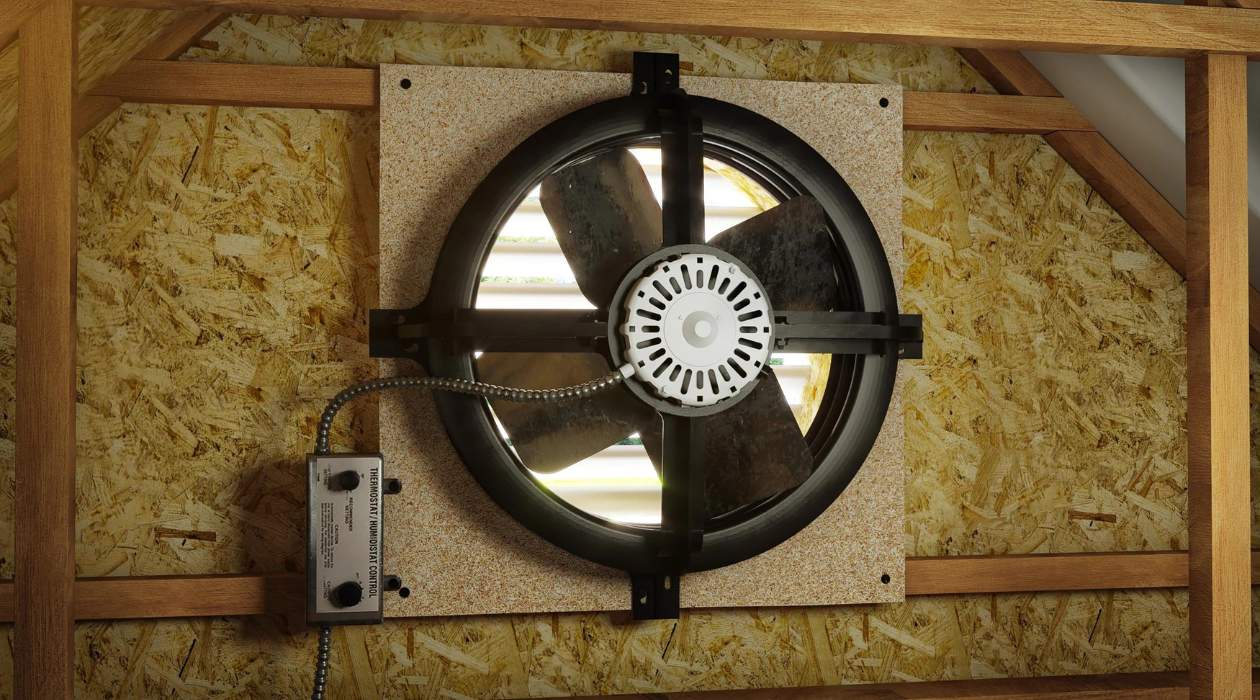
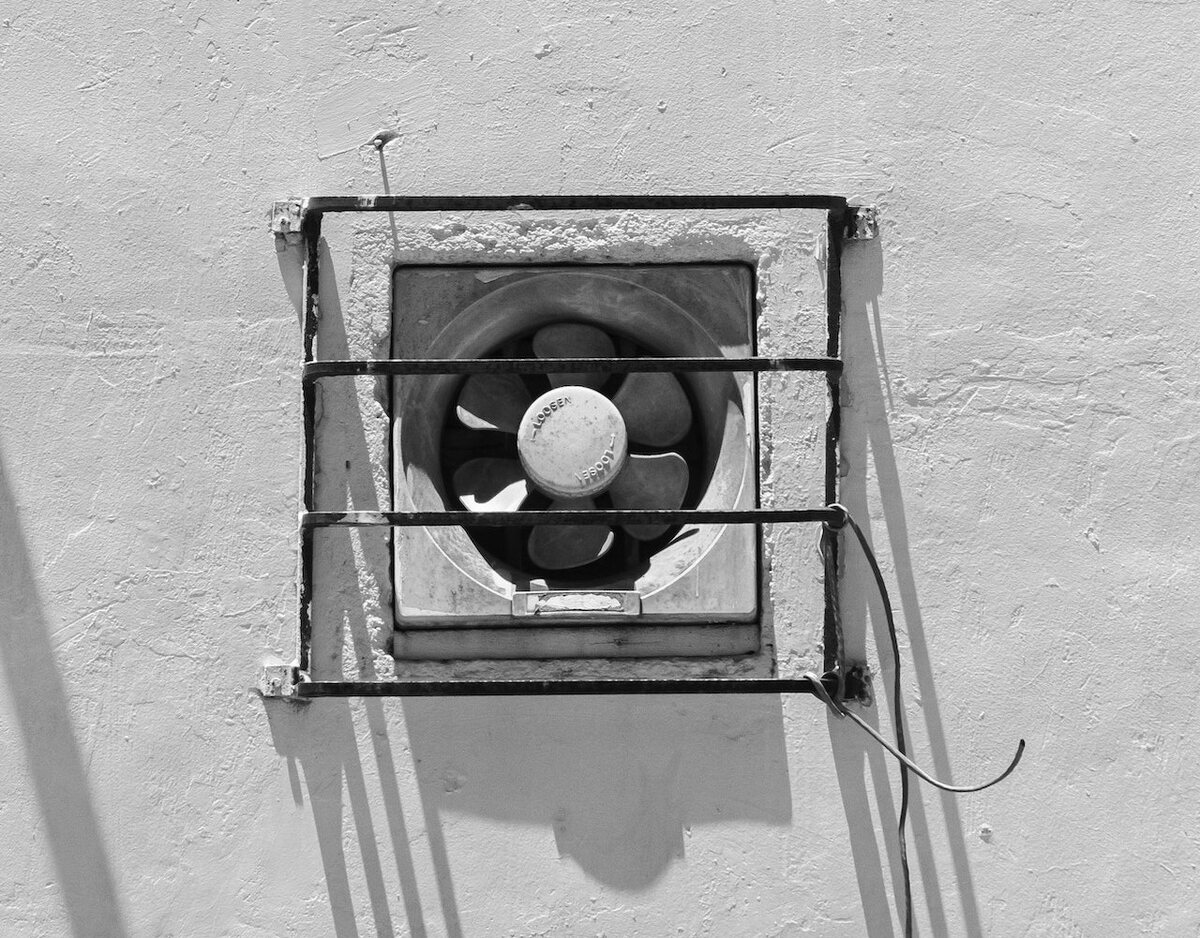
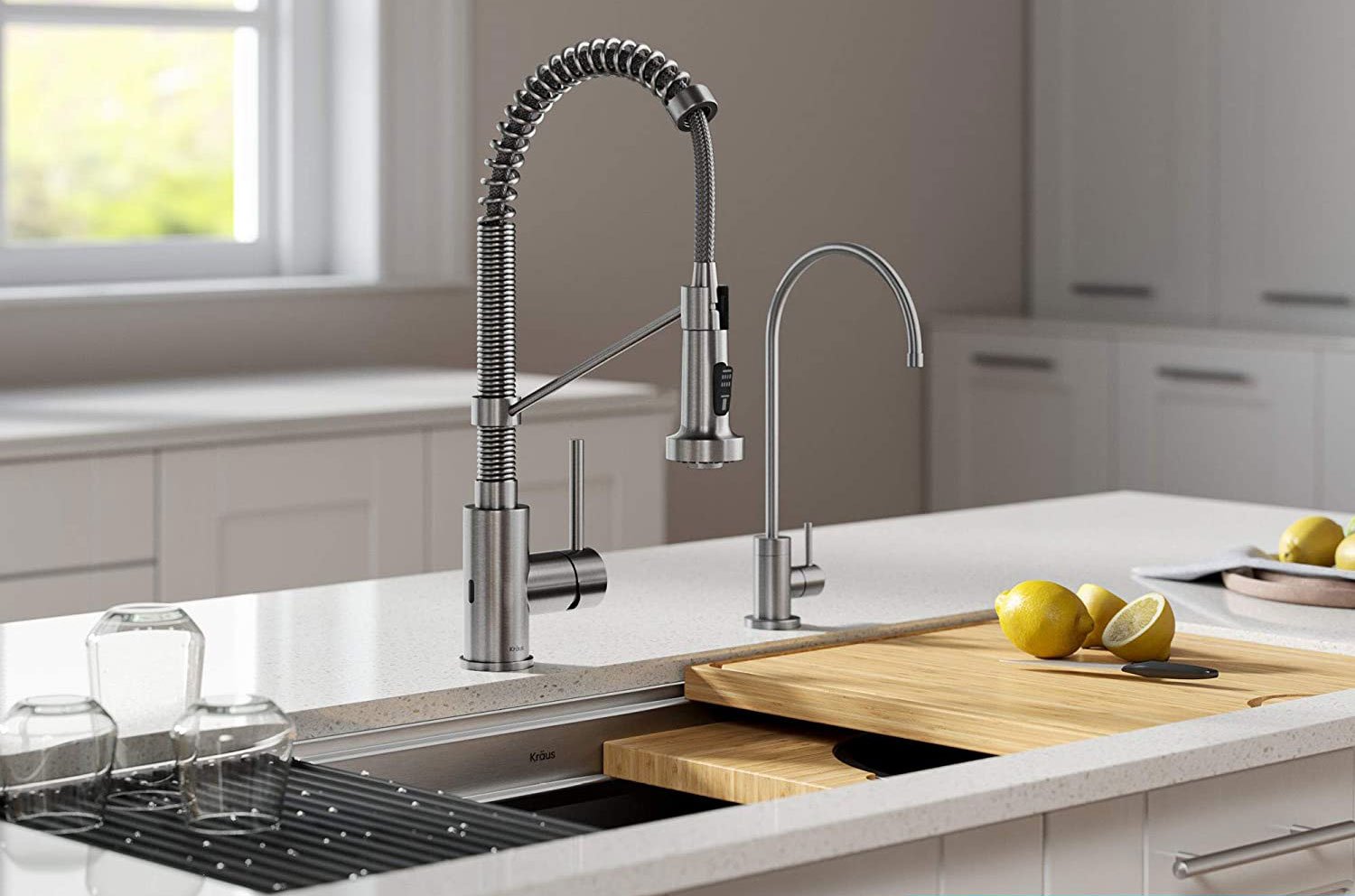
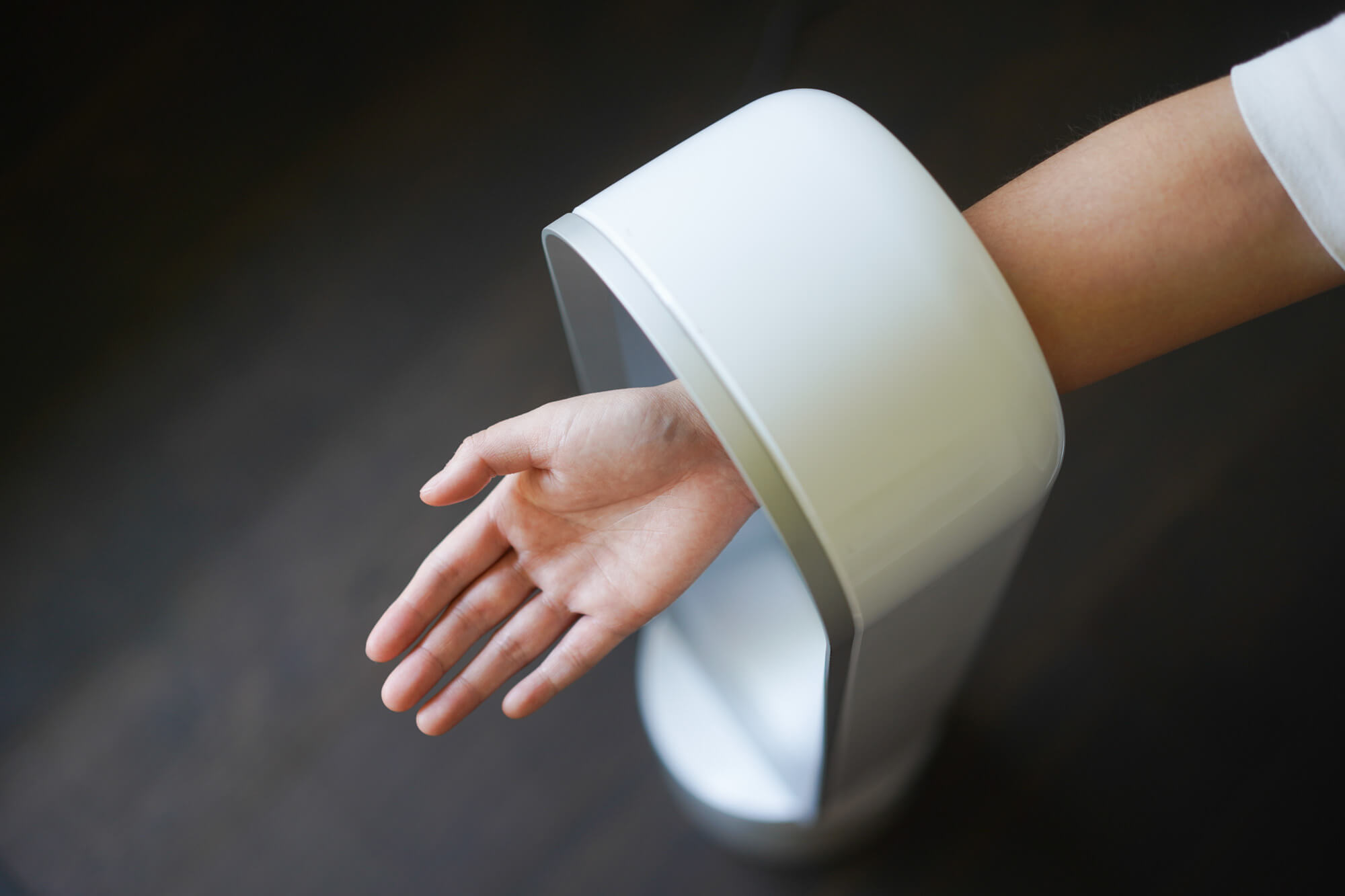
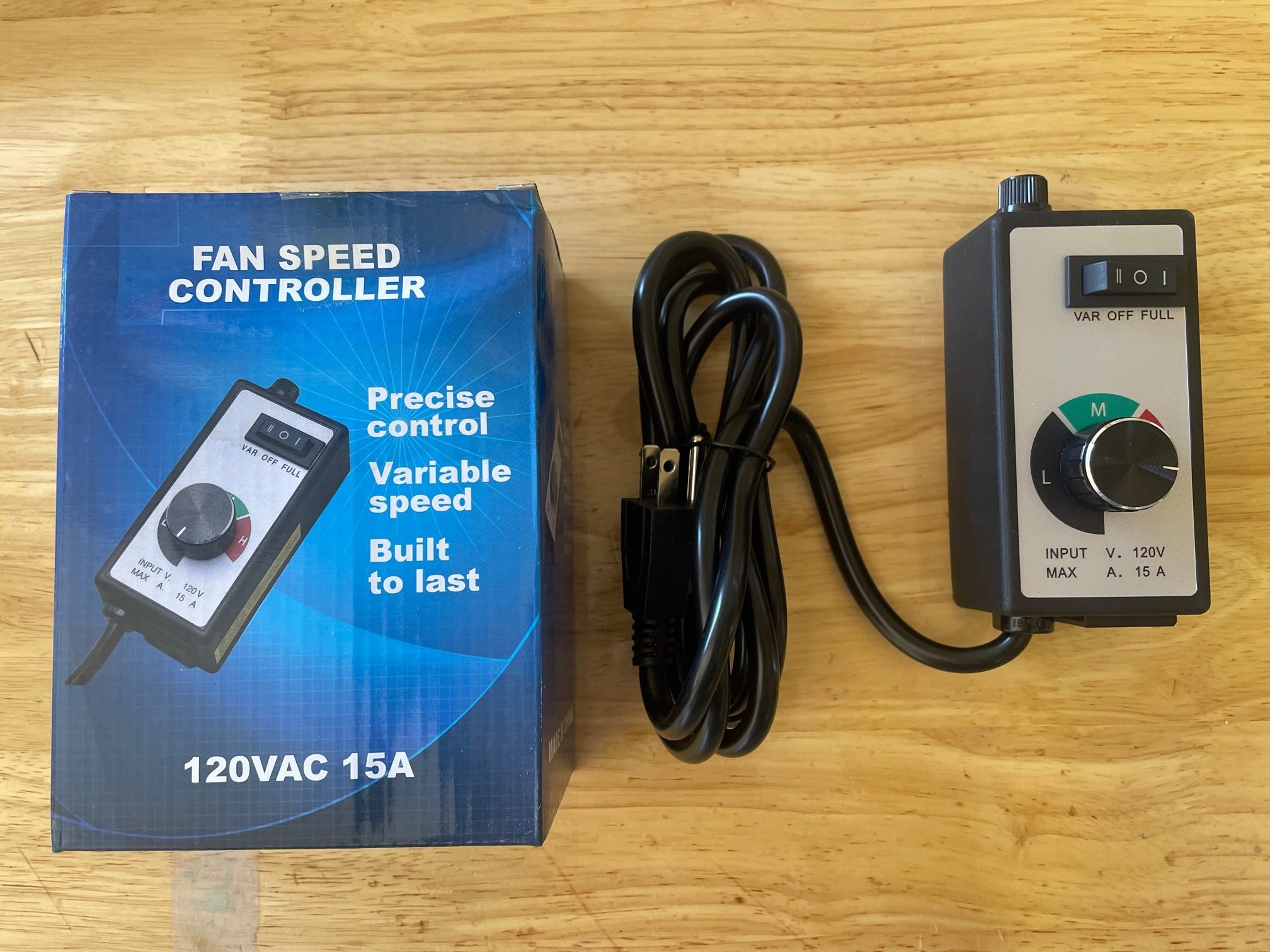
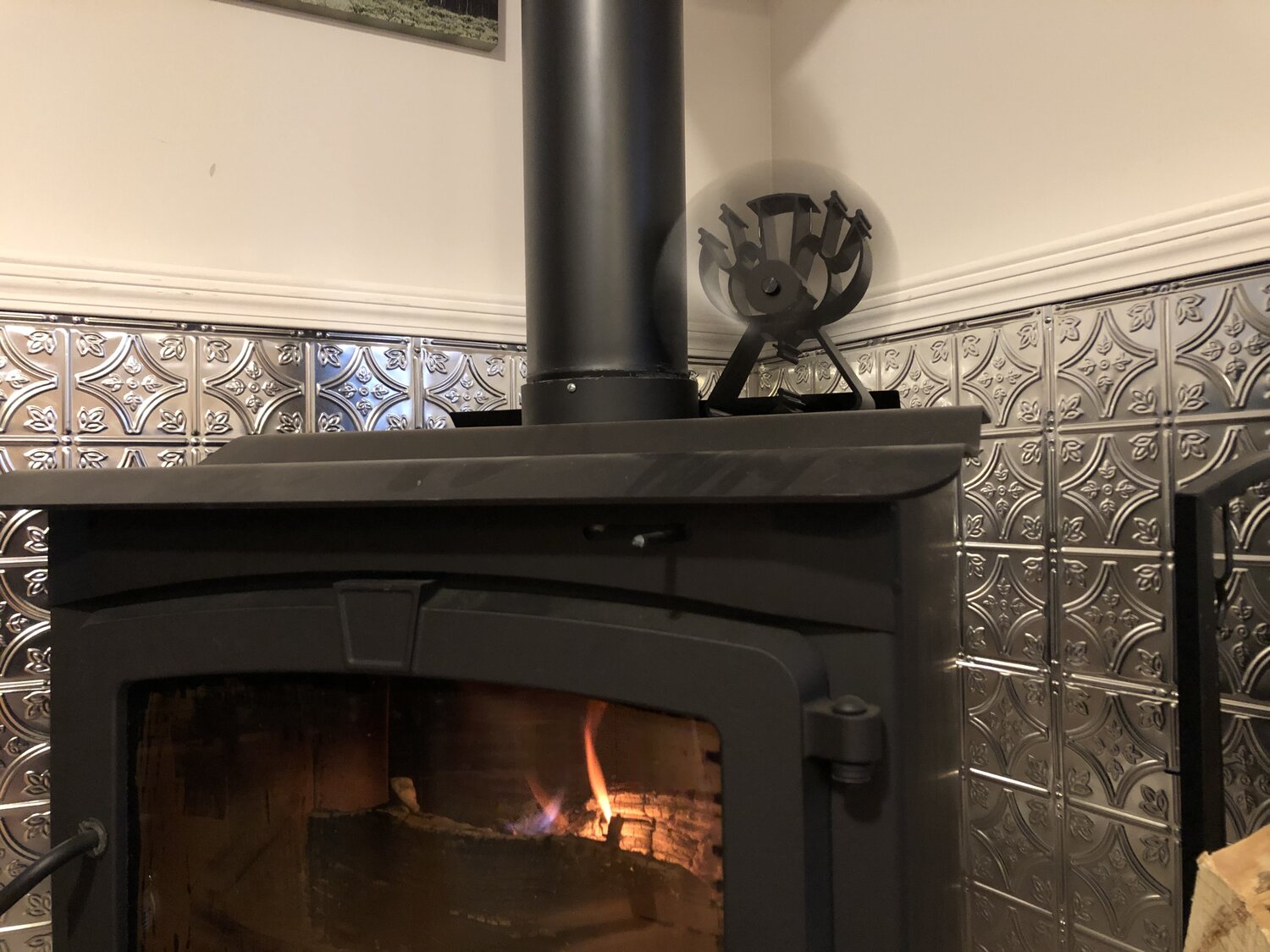
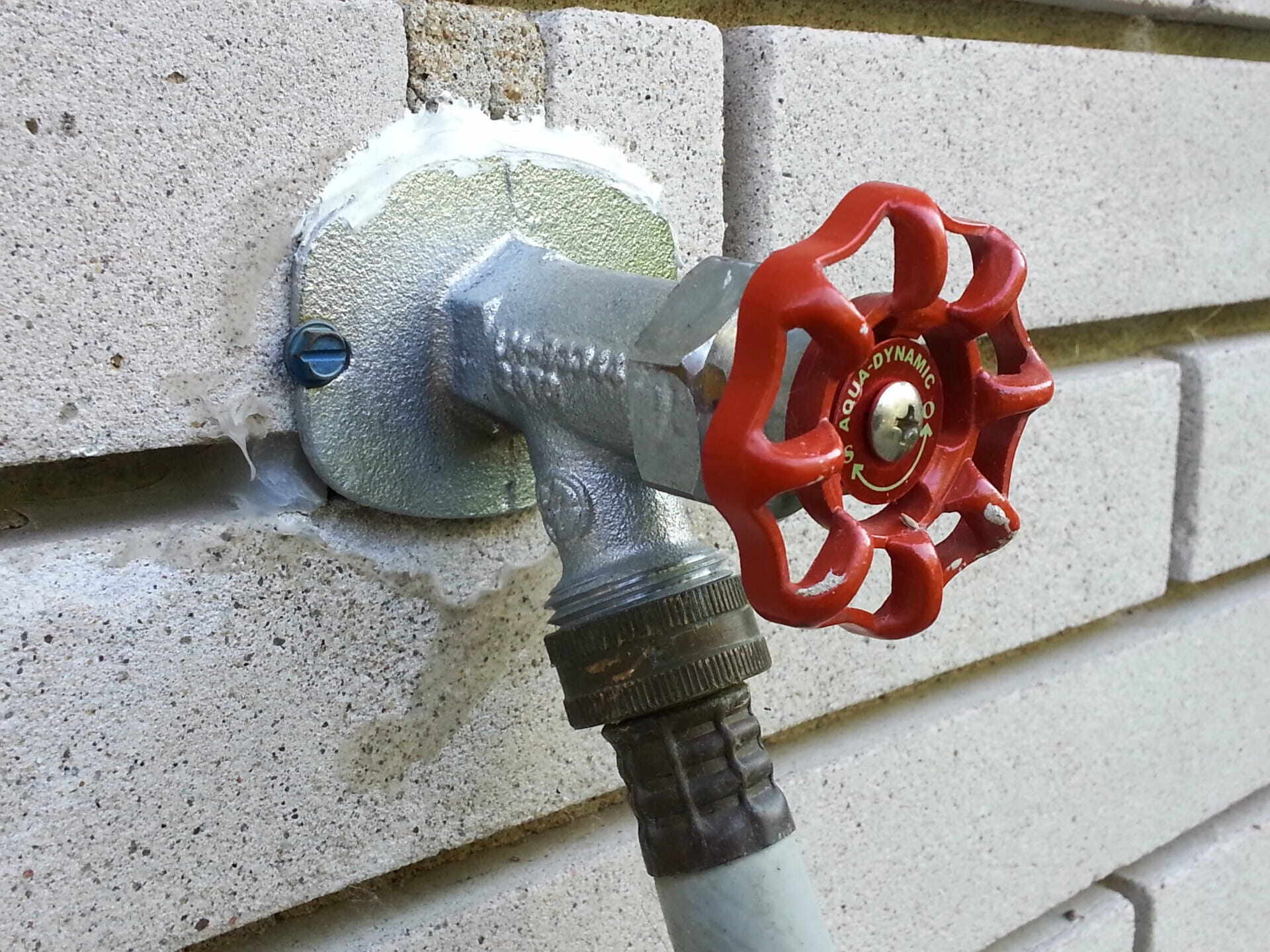
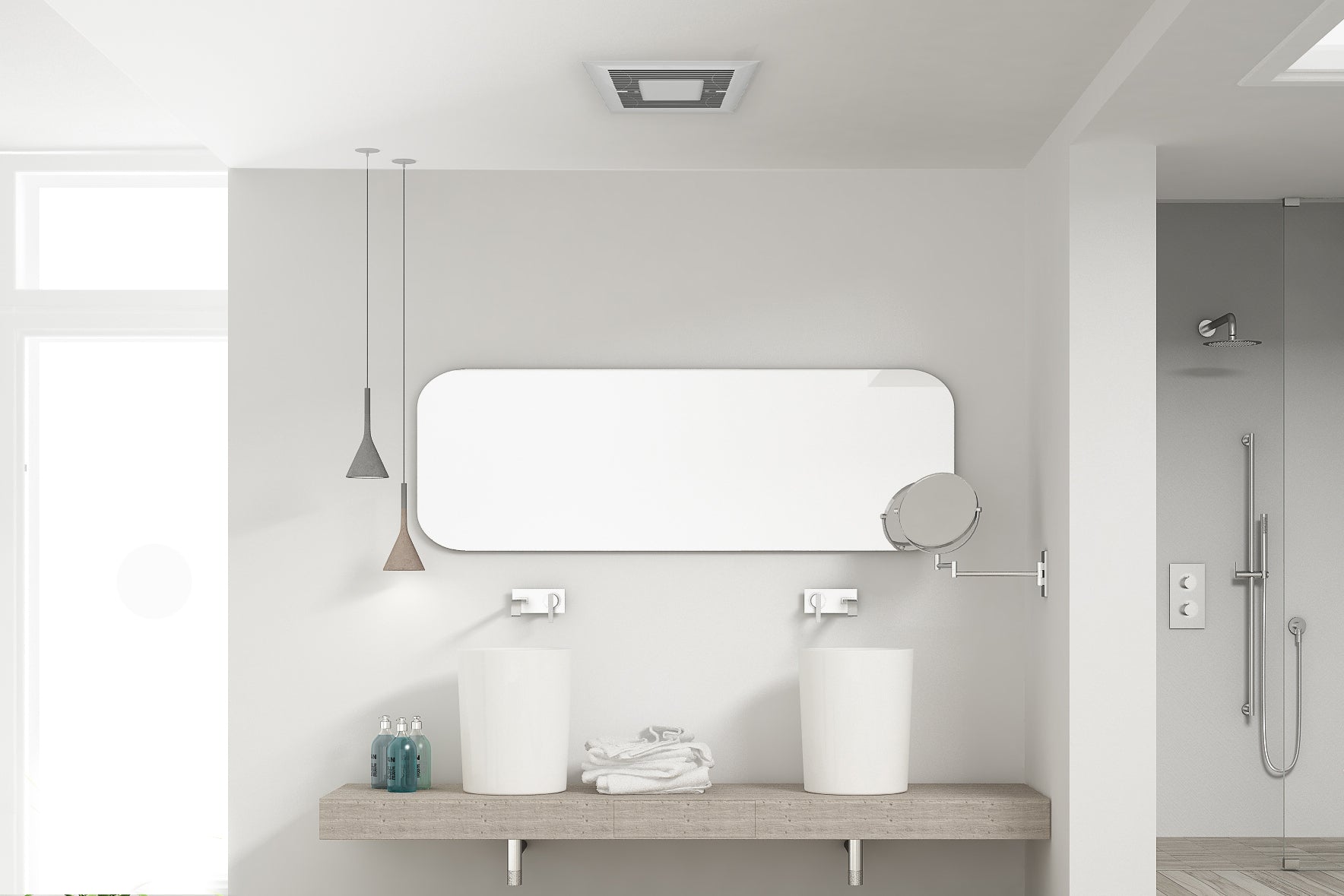

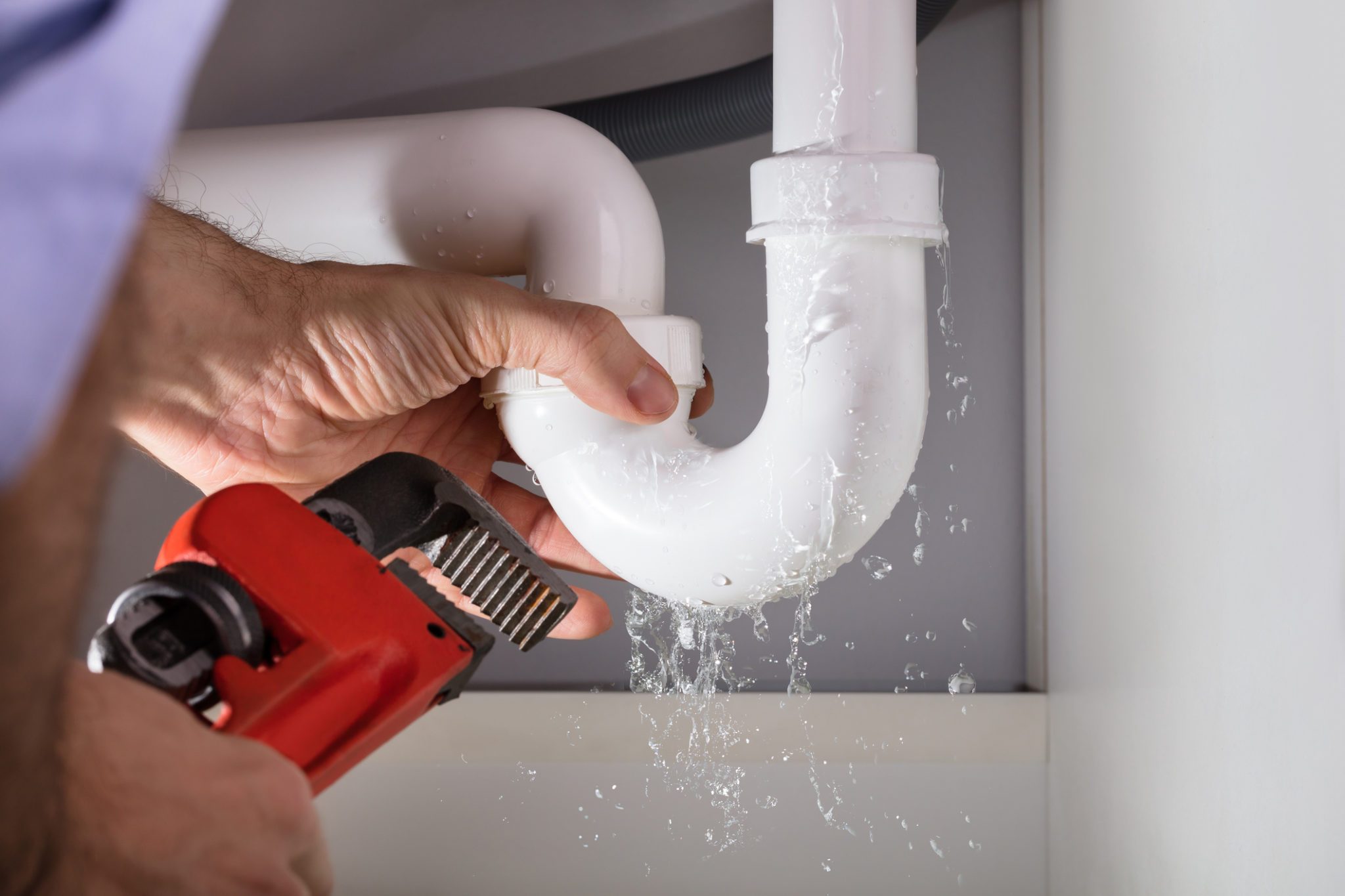
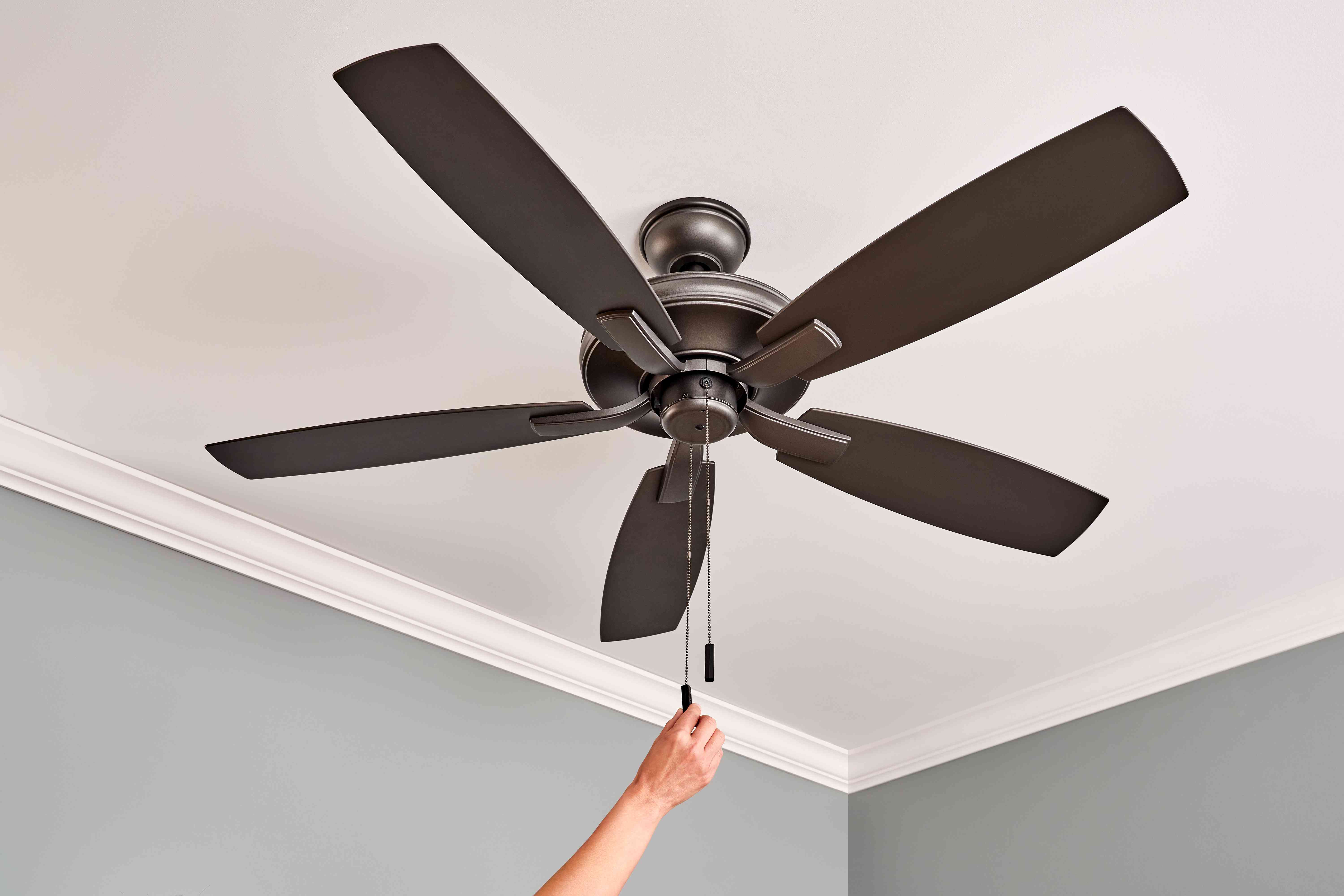
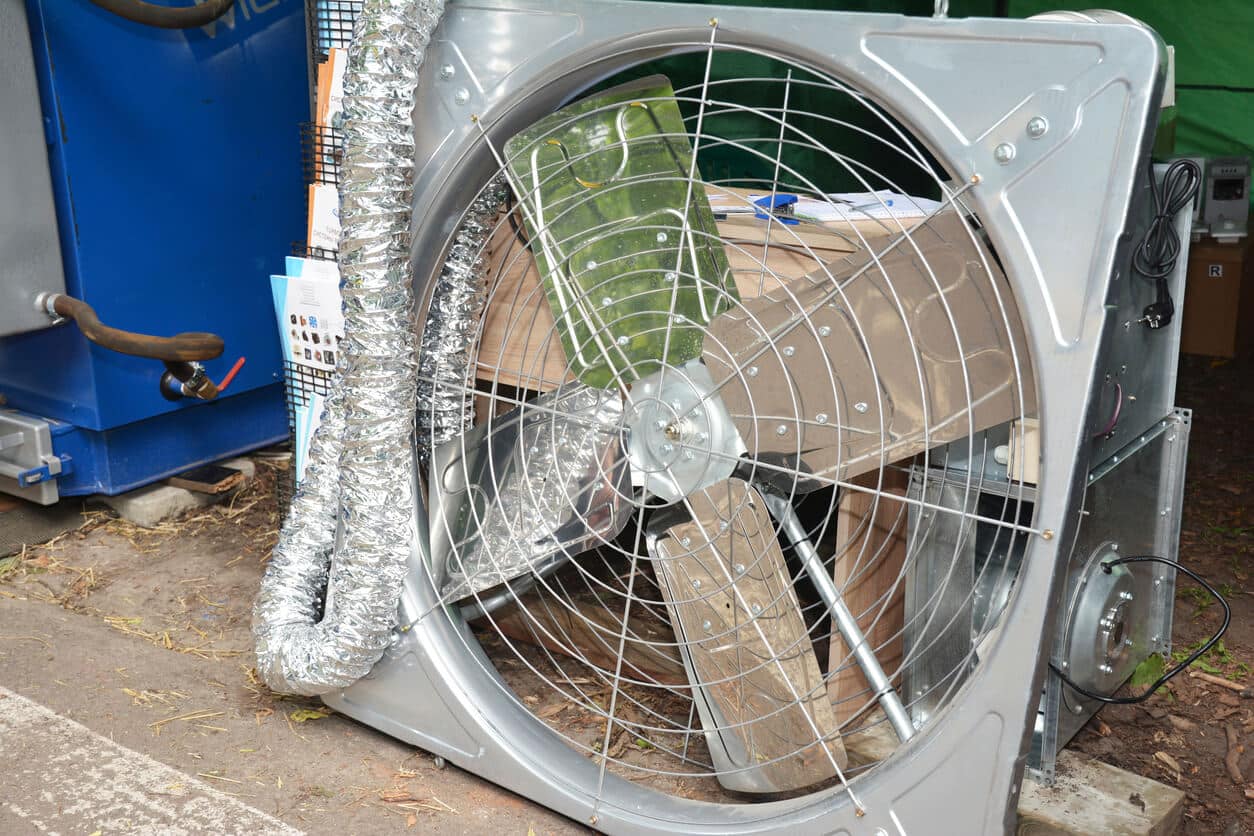

0 thoughts on “How Does Bathroom Fan Work”